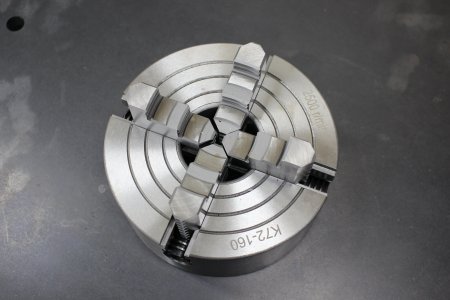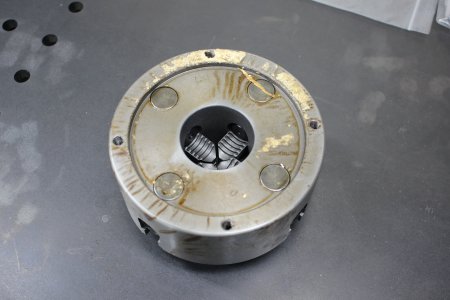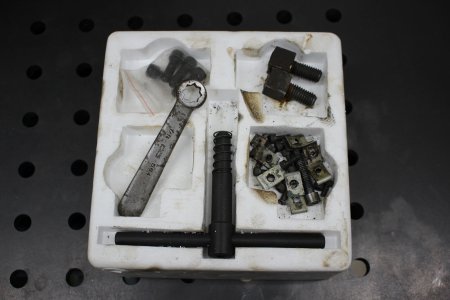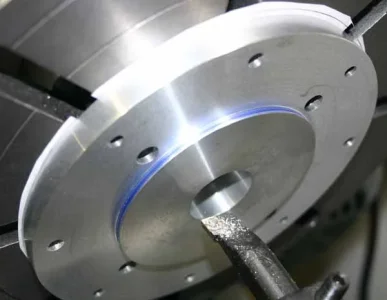Hmm, never thought of that - I guess depends on size/ type - I can grind 4 jaws easier on a mill and done it few times. At least size 6" as I think I have a stone just small enough to go through the hole.
For 6 jaw I ground I used some rubber spaces to lock the chuck in and an air die grinder with a lot of praying and zip ties - well it worked but I did not film it as I thought it was way, way too "amateurish". I was also unsure of the results - my main idea was that I cannot make it much worse.
I am unsure - for 4 jaw say $50? Standard 4 jaw not some kind of dependent jaws chuck. The jaws as ground will be best for the diameter of the stone and they will have a little rounding in them corresponding to the diameter of the stone.
The main idea is to lock the jaw(s) you are grinding in position whereas the put pressure as if they were grabbing the peace of work material. With independent jaw chucks you can lock the jaw against one another, with dependent jaws you need to get inventive, spacers between jaws - if jaws are removable pp put stuff in the screw holes and put pressure on custom made ring.
You can grind 3 jaw putting pressure away from the work peace (easier to do) but results will not be as great unless your chuck jaws are very, very tight in the groves and there is almost no slop - unlikely in Chinese chuck or even well used western chuck.








